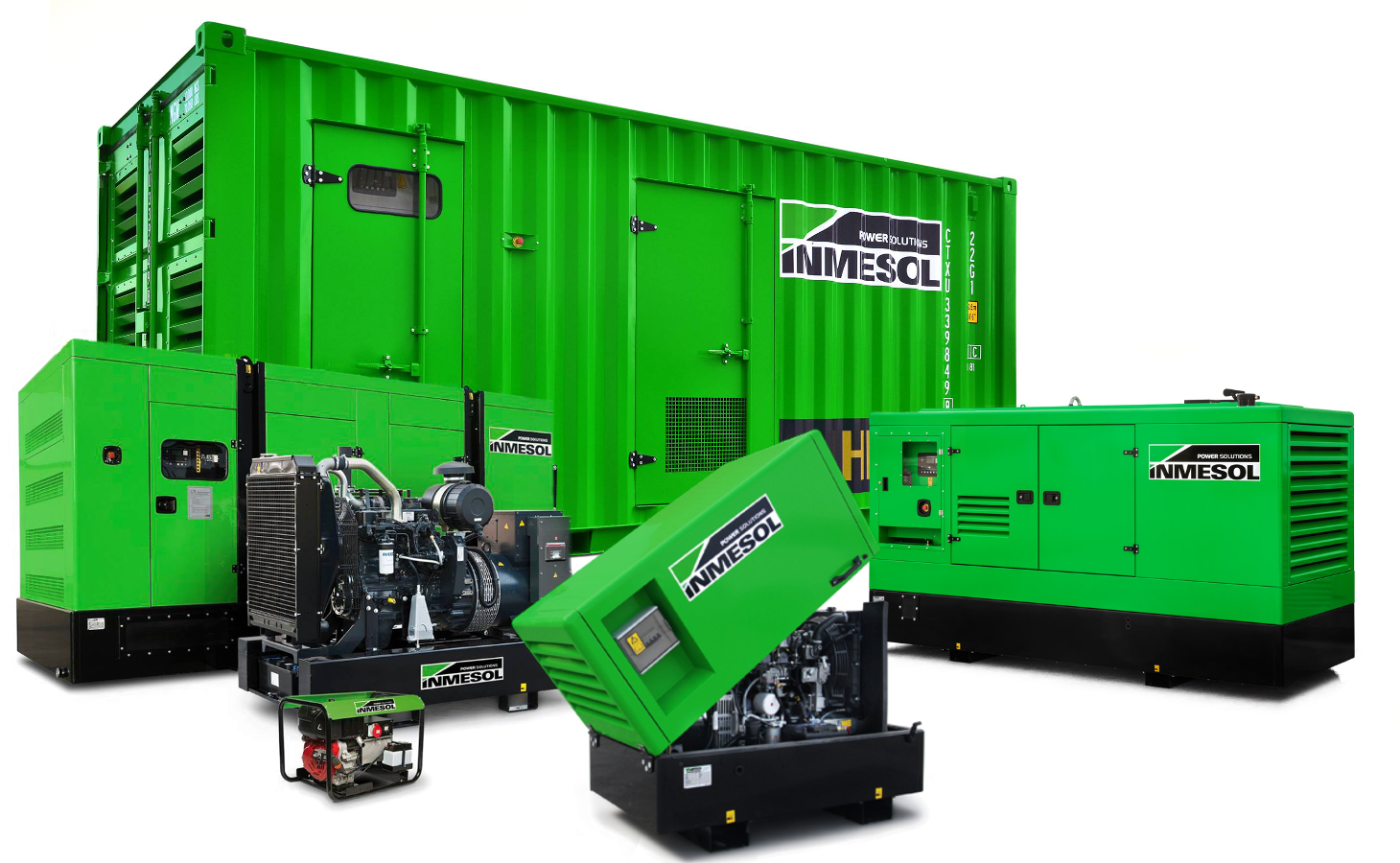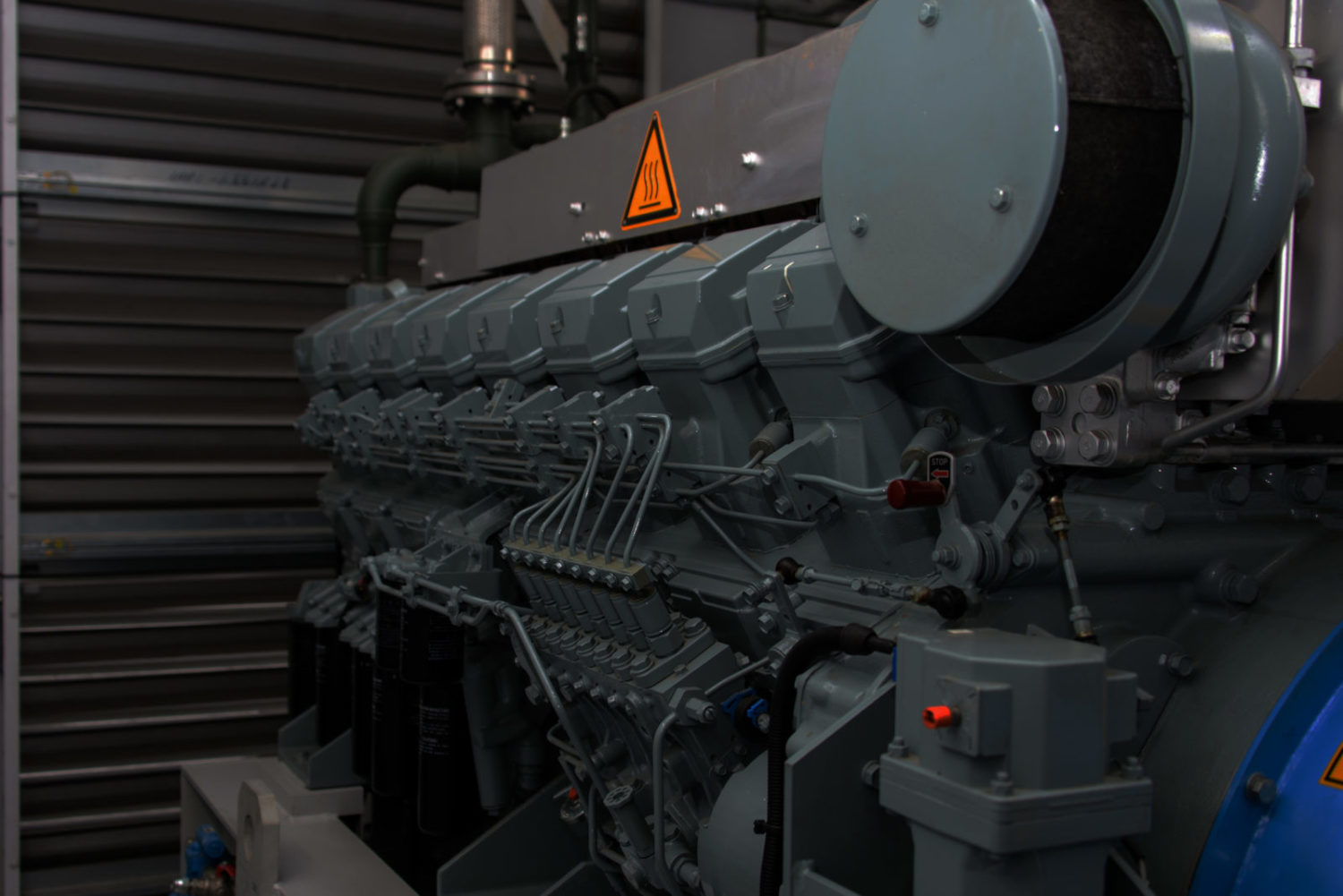Sizing A Generator
Sizing a generator correctly is crucial in ensuring that your invesment matches your requirement.
- Determine the application – When specifying a generator firstly consider will it be prime or Standby power, environmental considerations, emissions, location and security.
- What power is required? – Prime rated generators operate up to full load. Standby sets have a 10% overload for short periods. Impact load is when the set starts and takes load immediately. This is usually only 60% of the generator capacity. Any motor starts must be considered as some can take up to 4 -5 times their actual running load. Long periods of low load can cause “oil bypass within the generator engine requiring a load bank to help resolve.
- Power loss – Causes immediate disruption and it can take 20-30 seconds before a set can get “on-line”. There are “seamless” UPS batteries that operate with no break in power supply, or standard UPS that may cause a minute loss of power. Understanding the Customer requirement ensures the correct application.
- The rating of the generator – This is crucial to allow efficient operation but also allow for any potential loads that may be added at a later date.
- Interface with site – Generators may “connect” via a manual or automatic transfer switch, this can be a simple changeover from mains after a mains failure, or it can synchronise with the mains and even gain extra revenue from sharing power with the National Grid.
- The ambient temperature – altitude and even humidity all need to be considered.
- Airflow – Generators need to breathe freely so air flow in and out must be maintained at all times. Within buildings, open sets must have correctly sized louvres.
- Cables and containment – Correct specification must be used to match the load of the power source and take in to account the routing method and cable protection required.
- Autonomy – is how long the set can operate without maintenance. Fuel storage needs to match this period and even auto lubricant may be required particularly if the set cannot be stopped to check oil levels.
- Standards and regulations – CE markings are required on equipment and emissions and noise may have local regulations to comply with. Fuel storage needs to be under PPG2 or OFTEC regulations to ensure the environment is protected.
- Access – Allowing free access for maintenance and fuel deliveries. The working area must be free of obstructions or hinderance to ensure all health and Safety and environmental issues are complied with.
- Fire Risks – Generators have many potential risks if not serviced, inspected and maintained correctly. The area requires a survey to make sure any preventive fire precautions are in place.
- Noise – This may impact with staff or residential areas and must be considered and maintained to an acceptable level with the area. There is legislation to prevent this and there may also be local rules that need to be applied.
- Type of fuel – Gas Oil (UN1202) is used widely (also called red diesel). Gas or LPG engines can also be used. Gas and LPG offer reduced emissions. Gas Oil may require catalytic converters and Adblue additions to comply with regulations
- Fuel Storage – Fuel (Gas Oil) can deteriorate over long storage periods and may require cleaning to maintain the quality required to maximise engine performance. Fuel polishers can be installed to automatically clean the tank contents.
- Sampling – Oil, fuel and coolant can all be sampled to highlight any storage of potential mechanical faults that may be hidden and reduce future downtime along with extending service oil and filter changes on standby equipment.
If you have any questions regarding sizing a generator or any other generator services we can offer please do not hesitate to contact us by email: sales@standbypowersolutions.co.uk or alternatively by phone: 01733 590004
Our sales team will be happy to answer any questions you have.



